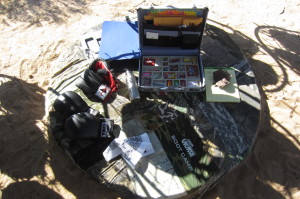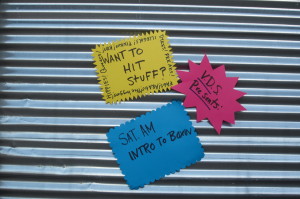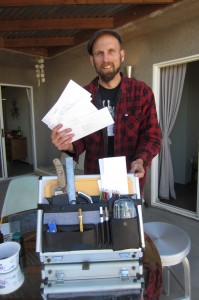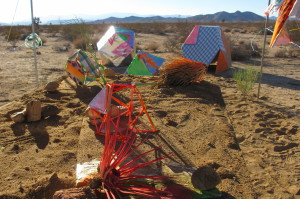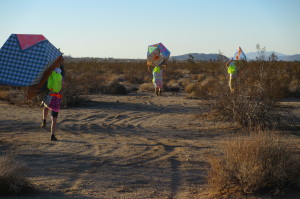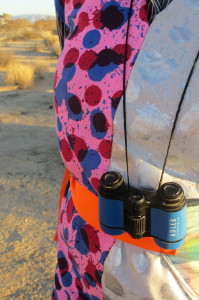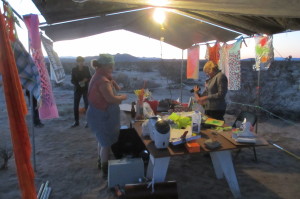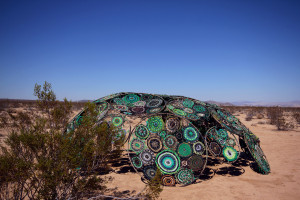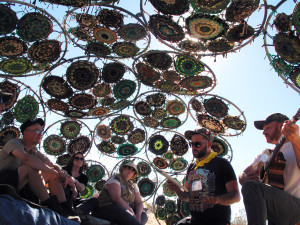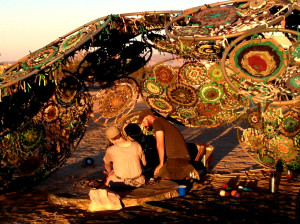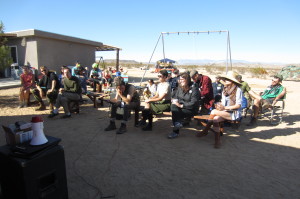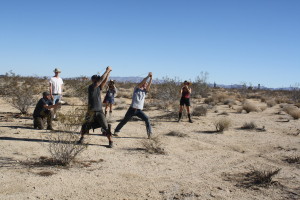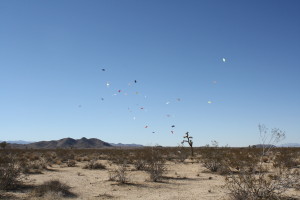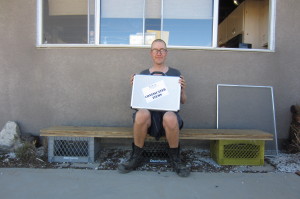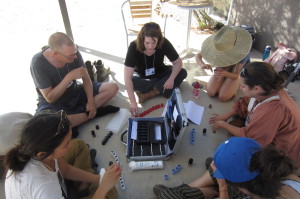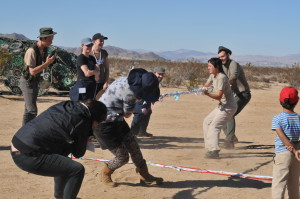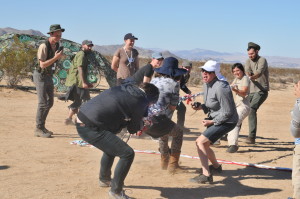
Officer’s Club at Nendi Field, Viti Levu, Fiji Islands, August 1944
CARPA strives to honor military history while pushing the boundaries of modern war technology. In the CARPA Officer’s Club, Director Sara Clugage of the Strategic Media Office produced a series of cocktails that highlight the brave warriors of the Free West in their down time, which serves to build camaraderie and boosts spirits. These drinks have fascinating histories of exotic colonial ingredients and invigorating spirit rations. Tonight’s specialty is Navy Grog, using a 1950s recipe from Trader Vic’s.

British soldiers receive their rum ration, Portsmouth 1933
When the British fleet captured Jamaica in 1655, the British Royal Navy changed its spirit ration from French brandy to Jamaican rum. Sailors were given a ‘tot’ of rum daily, an amount that was originally a half pint, or enough to fill a child’s mug (also called a ‘tot’). In 1740, in response to concerns and drunkenness and lax discipline in the Navy, Vice Admiral Edward Vernon amended the naval regulations. The tot was diluted with water in a 4:1 (water:rum) ratio and split into two servings. The watered-down mixture, sometimes with the addition of lime and/or sugar, was called ‘grog.’ Some claim that the term came from a nickname for Vice Admiral Vernon, who wore a grogram cloak, although this is only the most popular of several apocryphal stories.

Ration card
Watering down the rum served two purposes. It both lessened the impact of each drink and made the rum spoil faster, which prevented sailors from storing up their rations for a bender. The first serving of grog was called ‘up spirits,’ issued by the ship’s Purser at the end of morning work, six bells. The second was at the end of the workday. Each ship had a rum barrel, usually dressed up and trimmed with brass. Every sailor had a ration card which he would present to the Purser in exchange for his tot.
In 1824, the same general concerns about drunkenness on board persisted, exacerbated by the increasingly sophisticated machinery the sailors were required to operate on board. The Admiral’s Grog Committee reduced the rum ration to an quarter pint. In 1850, they halved it again to an eighth of a pint. Finally, on July 31, 1970, the grand tradition of rum rations was brought to an end in the Royal Navy. On Black Tot Day, British sailors all over the world performed ceremonial burials for their rum barrels.

Rum barrel being buried at sea, August 1, 1970
There is one rare occasion that can still cause a Purser to open up the rum. The order to ‘Splice the Mainbrace’ originally referred to a difficult repair to a ship’s main rigging, after which the able seamen who had performed the task were issued an extra ration of rum. Eventually, the term came to mean the dispersal of any extra spirit ration. In current times, the authority to issue that order is restricted to the Queen, a member of the Royal Family, or the Admiralty Board. The last time it was performed was July 19, 2012, when the Queen sent this message to the Naval Service:
“Please convey my warm thanks to all who serve in the Royal Navy for their kind message of loyal greetings, sent on the occasion of my official birthday and the 60th anniversary of my accession to the throne. In this Diamond Jubilee year, Prince Philip and I send our good wishes to you all. Splice the Mainbrace.”
–Elizabeth R.
